Weighted blankets are designed to provide deep pressure stimulation, offering comfort and relaxation. They are filled with weighted materials, creating a calming effect that promotes better sleep and stress relief.
1.1 What Are Weighted Blankets?
Weighted blankets are specially designed blankets filled with weighted materials, such as polypropylene pellets or glass beads, distributed evenly throughout the blanket. They are created to provide deep pressure stimulation, mimicking the comforting feeling of a gentle hug. This sensory input can help improve sleep quality, reduce anxiety, and promote relaxation. Unlike regular blankets, weighted blankets are designed to apply consistent, calming pressure to the body, making them a popular tool for therapeutic use and everyday comfort.
1.2 Benefits of Using a Weighted Blanket
Weighted blankets offer numerous benefits, including improved sleep quality, reduced anxiety, and enhanced relaxation. The deep pressure stimulation they provide mimics the comforting feeling of a hug, promoting a sense of calm and security. They are often recommended by occupational therapists for their therapeutic effects, particularly for individuals with sensory processing disorders or insomnia. Regular use can also help lower stress levels and improve overall well-being by encouraging deeper, more restorative sleep patterns.

How to Choose the Right Weight for Your Weighted Blanket
Weighted blankets are typically chosen based on 10% of your body weight, ensuring comfort and therapeutic benefits while avoiding excessive heaviness. Personal preference and health factors also influence the selection process.
2.1 The 10% Body Weight Rule
The 10% body weight rule is a popular guideline for selecting a weighted blanket. It suggests choosing a blanket that weighs approximately 10% of your body weight. For example, a 150-pound person might opt for a 15-pound blanket. This rule balances therapeutic benefits with comfort, ensuring the blanket is heavy enough to provide deep pressure stimulation without feeling overwhelming. Adjustments can be made based on personal preference, with some preferring slightly more or less weight for optimal relaxation.
2.2 Size and Weight Considerations
While the 10% rule is a starting point, size and weight must be considered together. Larger blankets may require more weight for even distribution, but they should still align with the recommended 10% guideline. For example, a queen-sized blanket might weigh more due to its size but should not exceed the user’s body weight percentage. Personal preference also plays a role; some prefer a lighter blanket for mobility, while others favor a heavier one for deeper pressure. Always ensure the weight feels comfortable and safe.
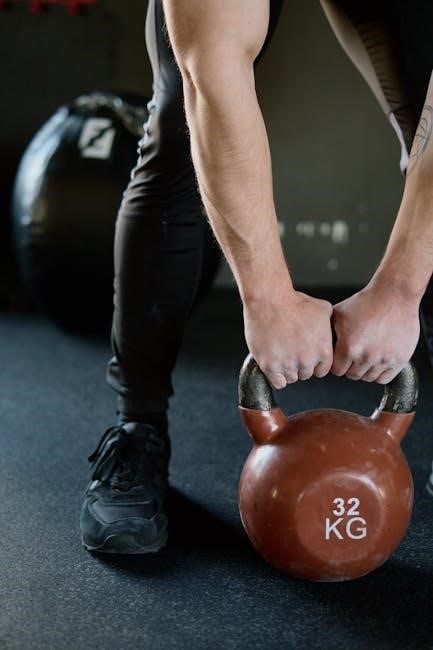
Factors That Influence Weighted Blanket Weight
Personal preference, body type, and health conditions significantly influence weighted blanket weight. Larger individuals may prefer heavier blankets, while smaller frames or sensitivities require lighter options.
3.1 Personal Preference and Comfort Level
Personal preference and comfort level play a crucial role in determining the ideal weight of a weighted blanket. Some individuals prefer a heavier blanket for maximum comfort, while others find lighter weights more relaxing. The 10% body weight rule serves as a starting point, but personal comfort often dictates the final choice. For instance, petite individuals or those with sensitivity may opt for lighter weights, even if the guideline suggests otherwise. Ultimately, the weight should feel calming without causing discomfort.
3.2 Body Type and Weight Distribution
Body type and weight distribution significantly influence the ideal weighted blanket weight. Taller individuals may prefer heavier blankets due to their larger frame, while smaller individuals may find lighter weights more comfortable. Muscle mass and body composition also play a role, as denser individuals might tolerate more weight. Additionally, the distribution of weight across the body affects comfort, with some preferring even distribution and others favoring concentrated pressure. These factors, combined with the 10% rule, help tailor the weight to individual needs for optimal comfort and relaxation.
3.3 Health Conditions and Sensitivities
Health conditions and sensitivities greatly impact the choice of weighted blanket weight. Individuals with arthritis or fibromyalgia may prefer lighter weights to avoid discomfort, while those with anxiety or autism might benefit from deeper pressure. Mobility issues or respiratory conditions may require a lighter blanket to ensure easy movement and breathing. Sensory sensitivities also play a role, as some users may find certain weights overwhelming. Consulting a healthcare professional is recommended for tailored recommendations, especially for chronic conditions or specific needs.
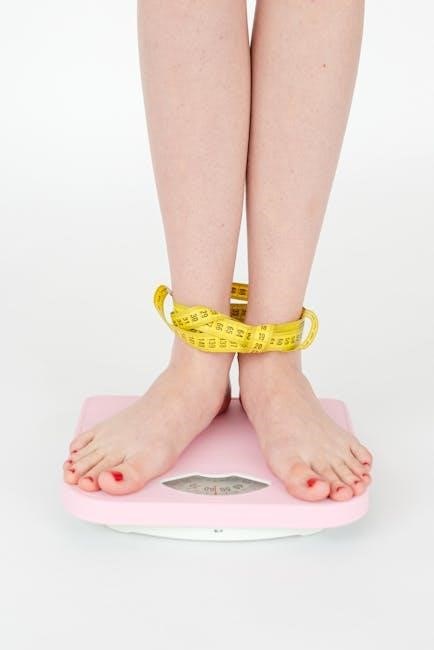
Materials and Their Impact on Weight
Materials like polypropylene pellets or glass beads determine the blanket’s weight. Heavier fillers increase weight, while lighter fabrics enhance breathability, balancing comfort and therapeutic pressure.
4.1 Types of Filler Materials
Weighted blankets use various filler materials to achieve the desired weight. Polypropylene pellets are the most common, offering a soft, malleable feel. Glass beads provide a more evenly distributed weight and are quieter. Steel shot is denser, making the blanket heavier but more compact. Each material affects the blanket’s overall weight, comfort, and durability. The choice of filler impacts the therapeutic benefits and user preference, ensuring the right balance between pressure and relaxation.
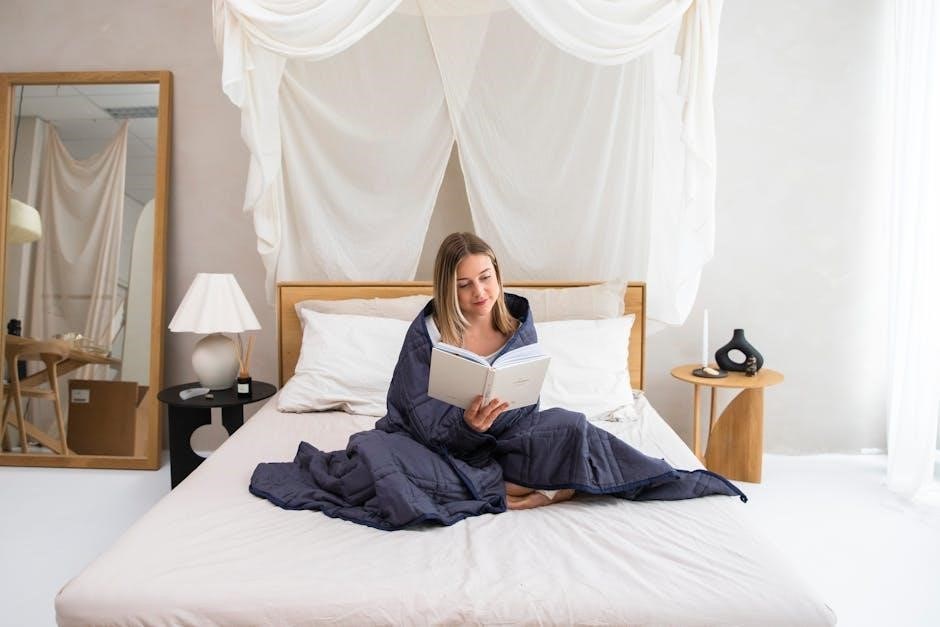
4.2 Fabric Weight and Breathability
Fabric weight and breathability play a crucial role in determining the comfort of a weighted blanket. Lighter fabrics like cotton or bamboo enhance airflow, preventing overheating during sleep. Heavier fabrics, such as fleece or minky, add warmth but may reduce breathability, making them less suitable for warmer climates or sensitive users.
The choice of fabric directly impacts the overall weight distribution and user comfort. Balancing fabric weight with filler material ensures the blanket remains both therapeutic and breathable, catering to individual preferences for temperature and texture.
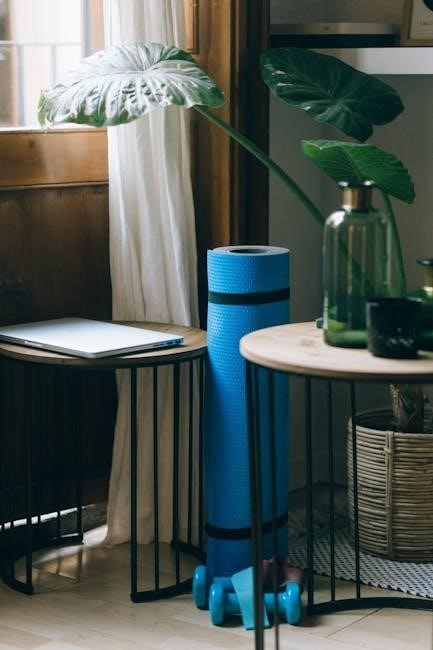
Safety Guidelines for Weighted Blanket Use

Weighted blankets should not exceed 35 pounds for adult use. The 10% body weight rule helps ensure safety and comfort, while lighter options are recommended for children.
Users with certain health conditions or mobility issues should consult a healthcare professional before using a weighted blanket to avoid potential risks or discomfort.
5.1 Maximum Recommended Weight
The maximum recommended weight for a weighted blanket is typically 35 pounds for adults. This guideline ensures safety and comfort, balancing therapeutic benefits with practicality. The 10% body weight rule serves as a starting point, but individual adjustments may be necessary. For children and pets, lighter options are advised to prevent discomfort or danger. Always consider personal health and consult professionals for specific needs, ensuring the blanket enhances relaxation without compromising well-being.
5.2 Safety for Children and Pets
Weighted blankets for children should not exceed 10% of their body weight, with a minimum age recommendation of 3 years. Pets require careful consideration, as they may accidentally move or damage the blanket. Always supervise use around children and pets to ensure safety. Lighter weights are recommended for smaller individuals, and blankets should never restrict movement or breathing. Prioritize comfort and consult professionals for tailored advice to avoid potential risks.
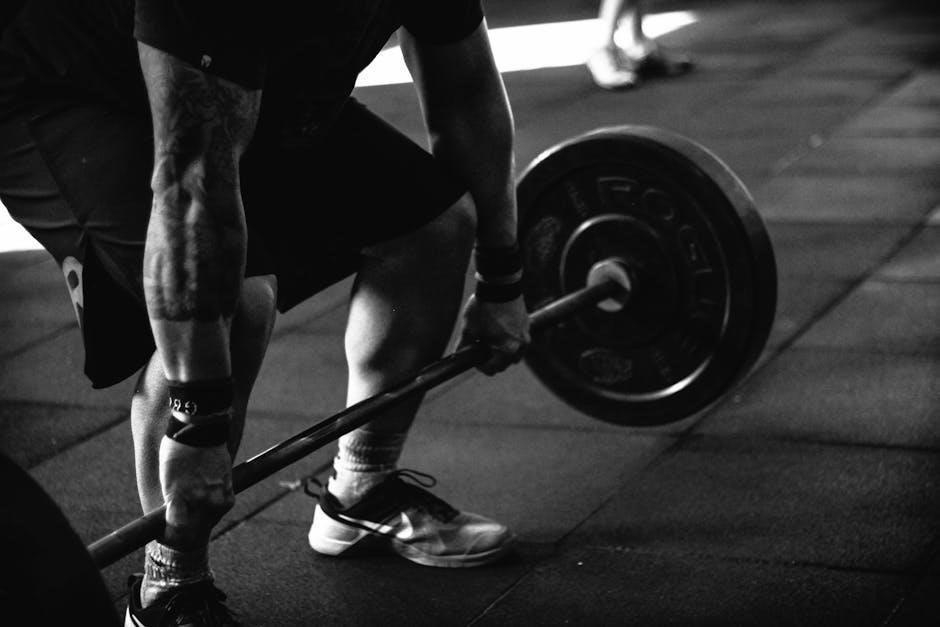
Expert Recommendations and Tips
Consult occupational therapists for personalized advice and consider seasonal adjustments. Start with lighter weights for new users to ensure comfort and safety.
6.1 Occupational Therapist Guidelines
Occupational therapists recommend weighted blankets as a therapeutic tool, suggesting weights around 10% of the user’s body weight for optimal comfort and safety. They advise starting with lighter weights for new users to ensure adaptability. Personal comfort and individual needs should guide selections, with adjustments based on feedback. Therapists also emphasize the importance of proper fit and distribution of weight for effective deep pressure stimulation, ensuring the blanket promotes relaxation without causing discomfort or restriction. Professional guidance is encouraged for personalized recommendations.
6.2 Adjusting Weight for Seasonal Comfort
Seasonal changes can influence the ideal weight of your weighted blanket. In colder months, a slightly heavier blanket may provide additional warmth and comfort. Conversely, in warmer seasons, a lighter weight or a breathable blanket design is often preferred to prevent overheating. Some users opt for interchangeable covers or dual-weight blankets to adapt to changing temperatures. Personal comfort and environmental factors should guide these adjustments to ensure the blanket remains enjoyable year-round.
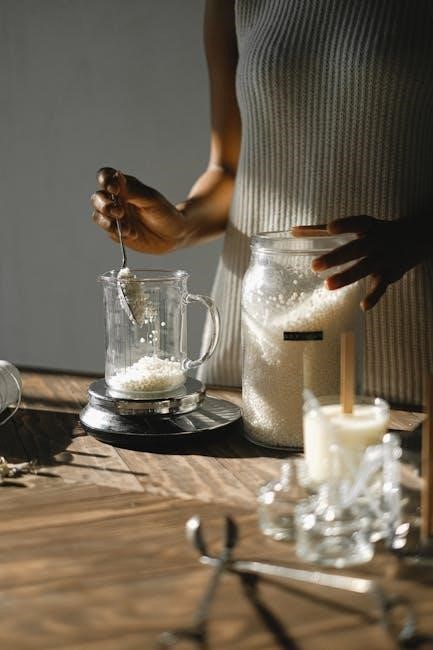
Troubleshooting Common Issues
Common issues with weighted blankets include feeling too heavy or too light. Adjusting the weight or size can resolve discomfort, ensuring optimal comfort and relaxation.
- If the blanket feels too heavy, consider a lighter weight.
- If it feels too light, explore slightly heavier options.
7.1 When the Blanket Feels Too Heavy
If your weighted blanket feels too heavy, it may exceed the recommended 10% of your body weight. This can cause discomfort or restrict movement. To resolve this, consider choosing a lighter blanket or adjusting the weight based on personal comfort. Ensure the blanket’s weight aligns with your body’s needs for optimal relaxation without strain.
- Opt for a blanket weighing less than 10% of your body weight.
- Adjust layers or remove excess weight if possible.
- Consult a professional for personalized recommendations.
7.2 When the Blanket Feels Too Light
If your weighted blanket feels too light, it may not provide sufficient deep pressure stimulation. This could be due to the weight being below the recommended 10% of your body weight. To address this, consider a slightly heavier blanket or adding layers for increased weight distribution. Ensure the weight aligns with your comfort and therapeutic needs for optimal relaxation and stress relief.
- Choose a blanket closer to 10% of your body weight for better impact.
- Add removable weighted layers if the design allows.
- Experiment with larger sizes for even weight distribution.
Selecting the right weighted blanket weight is crucial for maximizing its benefits. Generally, 10% of your body weight is recommended, but personal comfort and health conditions may require adjustments. Ensure the blanket is not too heavy or light to avoid discomfort. Safety guidelines, such as avoiding weights over 35 pounds and considering children’s and pets’ safety, are essential. By tailoring your choice to individual needs, weighted blankets can enhance relaxation, improve sleep, and provide therapeutic benefits. Always prioritize comfort and safety for the best experience.
